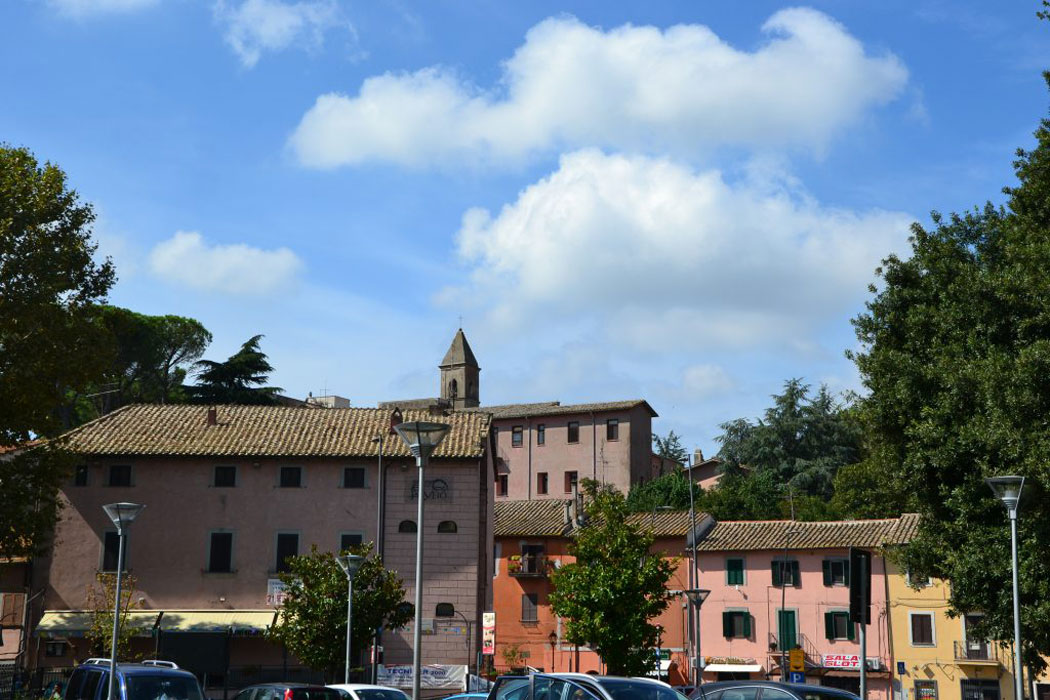
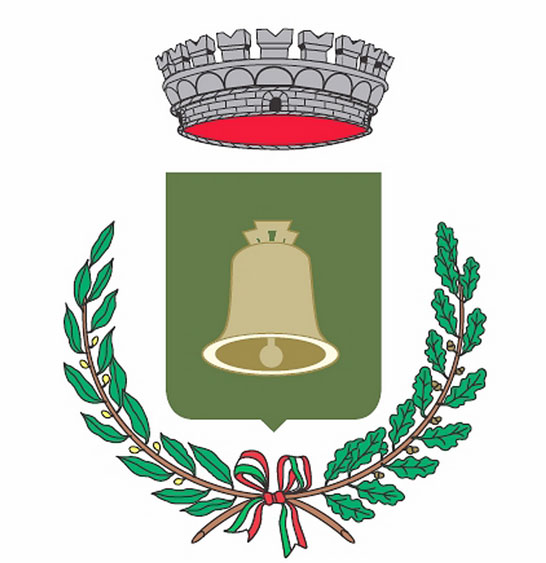
Campagnano di Roma is located north of Rome on the Via Cassia bis at the foot of Monte Razzano overlooking the Baccano valley, an ancient volcanic lake, and of Lake Martignano. Its position on a hill with two lateral rivers denotes its Etruscan origin and in fact it is close to the city of Veio and today it is located within the Archaeological and Naturalistic Park of Vejo.
And the dominion of the Falisci and the Etruscans is demonstrated by many tombs and by engineering works such as the 'tagliata', a road that connected the Baccano valley with the lake of Martignano.
Between the fourth and third centuries B.C., this area soon passed under the dominion of the Romans, who erased the Etruscan traditions by building a temple dedicated to Bacchus and hence the name of the whole valley and the area.
During the imperial age this area became known for an important post station along the Via Cassia, the Mansio ad Vacanas. This was actually a small inhabited center where, next to the rest areas for travelers with spas and shops, and horses with stables and barns, there was also an area set aside for the population residing with the soldiers' barracks, the square of the market and the porch with the well.
And the dominion of the Falisci and the Etruscans is demonstrated by many tombs and by engineering works such as the 'tagliata', a road that connected the Baccano valley with the lake of Martignano.
Between the fourth and third centuries B.C., this area soon passed under the dominion of the Romans, who erased the Etruscan traditions by building a temple dedicated to Bacchus and hence the name of the whole valley and the area.
During the imperial age this area became known for an important post station along the Via Cassia, the Mansio ad Vacanas. This was actually a small inhabited center where, next to the rest areas for travelers with spas and shops, and horses with stables and barns, there was also an area set aside for the population residing with the soldiers' barracks, the square of the market and the porch with the well.
Read More
Since the 3rd century the countryside has been abandoned, which then culminates with the arrival of barbarians and the need for the population to seek shelter in another way. To consider that all the invaders have passed on the Via Cassia, which in the Middle Ages also became Via Francigena in this section.
After the period of the invasions, therefore, in the Roman countryside the first agricultural settlements began to form around religious centers and castles. The village of Sant'Alessandro was then formed from the name of the Pope, under the jurisdiction of the Vatican.
With feudalism, Campagnano saw several families follow one another and the first was the Annibaldi family who built the medieval nucleus with a fortress that is recognized in the urban center. In 1410, after many years of struggle with the Annibaldi family, the Orsini family took over and brought a great renewal.
Campagnano becomes a place of residence for popes, cardinals and nobles with their courts in search of healthy air while in Rome there was the black plague.
In 1662, Campagnano di Roma came under the control of the Chigi family, bankers from Siena, who carried out urban renewal and engineering works such as the reclamation of Lake Baccano. In these years a new village called the Borgo Paolino was built, which is accessed from the imposing Porta Romana, "the Arch", which today is the symbol of the entire town.
The area of the ancient fortress is instead abandoned even if inserted in the urban context. The sumptuous Orsini castle, to which Michelangelo's pupils worked, was partly demolished later but in the town's urban fabric we can recognize medieval tower-houses and other areas.
Today Campagnano di Roma is a destination for many tourists and travelers in search of the beauties of the naturalistic and archaeological areas of the Sorbo Valleys within the Vejo Park. The rediscovery of the Via Francigena has brought new interest to this area and its traditions.
After the period of the invasions, therefore, in the Roman countryside the first agricultural settlements began to form around religious centers and castles. The village of Sant'Alessandro was then formed from the name of the Pope, under the jurisdiction of the Vatican.
With feudalism, Campagnano saw several families follow one another and the first was the Annibaldi family who built the medieval nucleus with a fortress that is recognized in the urban center. In 1410, after many years of struggle with the Annibaldi family, the Orsini family took over and brought a great renewal.
Campagnano becomes a place of residence for popes, cardinals and nobles with their courts in search of healthy air while in Rome there was the black plague.
In 1662, Campagnano di Roma came under the control of the Chigi family, bankers from Siena, who carried out urban renewal and engineering works such as the reclamation of Lake Baccano. In these years a new village called the Borgo Paolino was built, which is accessed from the imposing Porta Romana, "the Arch", which today is the symbol of the entire town.
The area of the ancient fortress is instead abandoned even if inserted in the urban context. The sumptuous Orsini castle, to which Michelangelo's pupils worked, was partly demolished later but in the town's urban fabric we can recognize medieval tower-houses and other areas.
Today Campagnano di Roma is a destination for many tourists and travelers in search of the beauties of the naturalistic and archaeological areas of the Sorbo Valleys within the Vejo Park. The rediscovery of the Via Francigena has brought new interest to this area and its traditions.



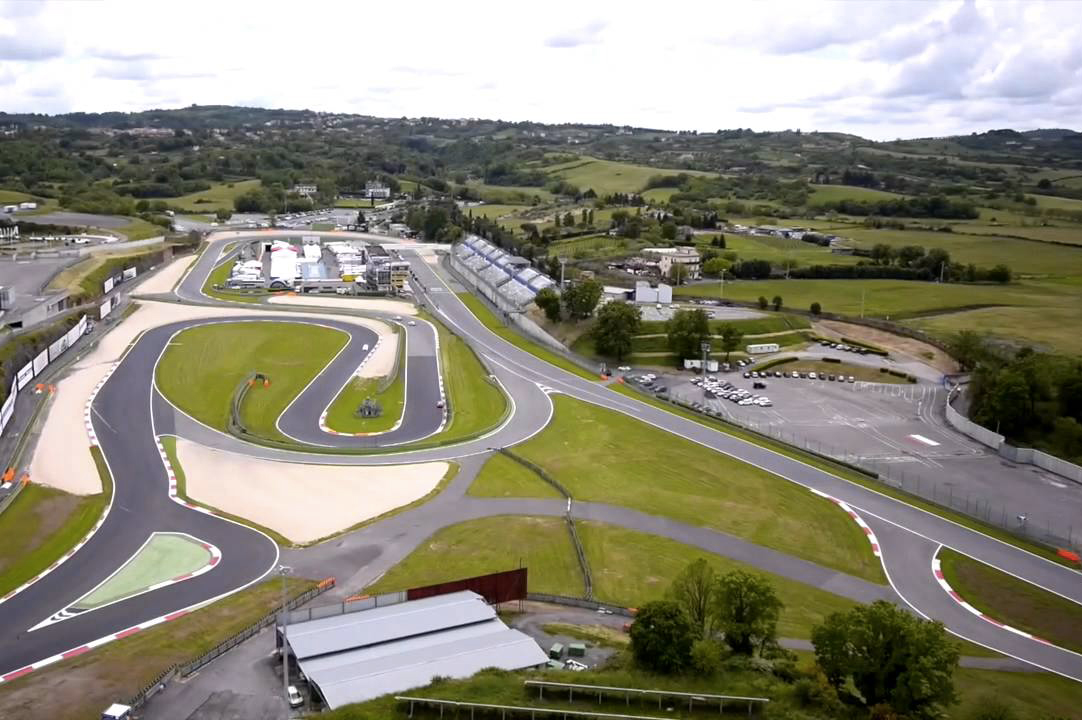
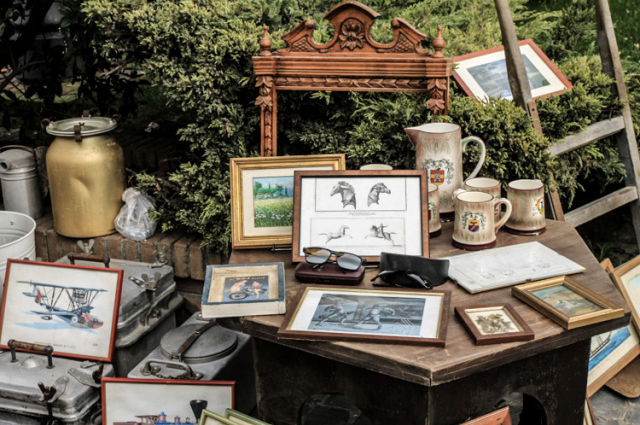
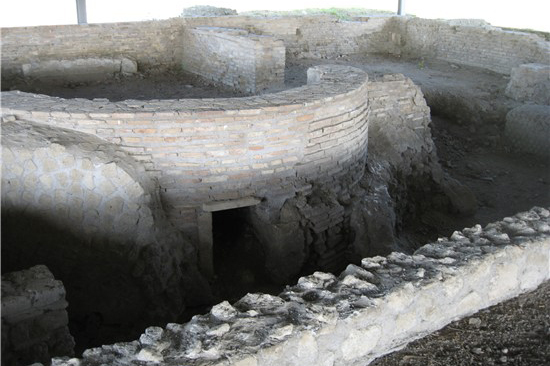
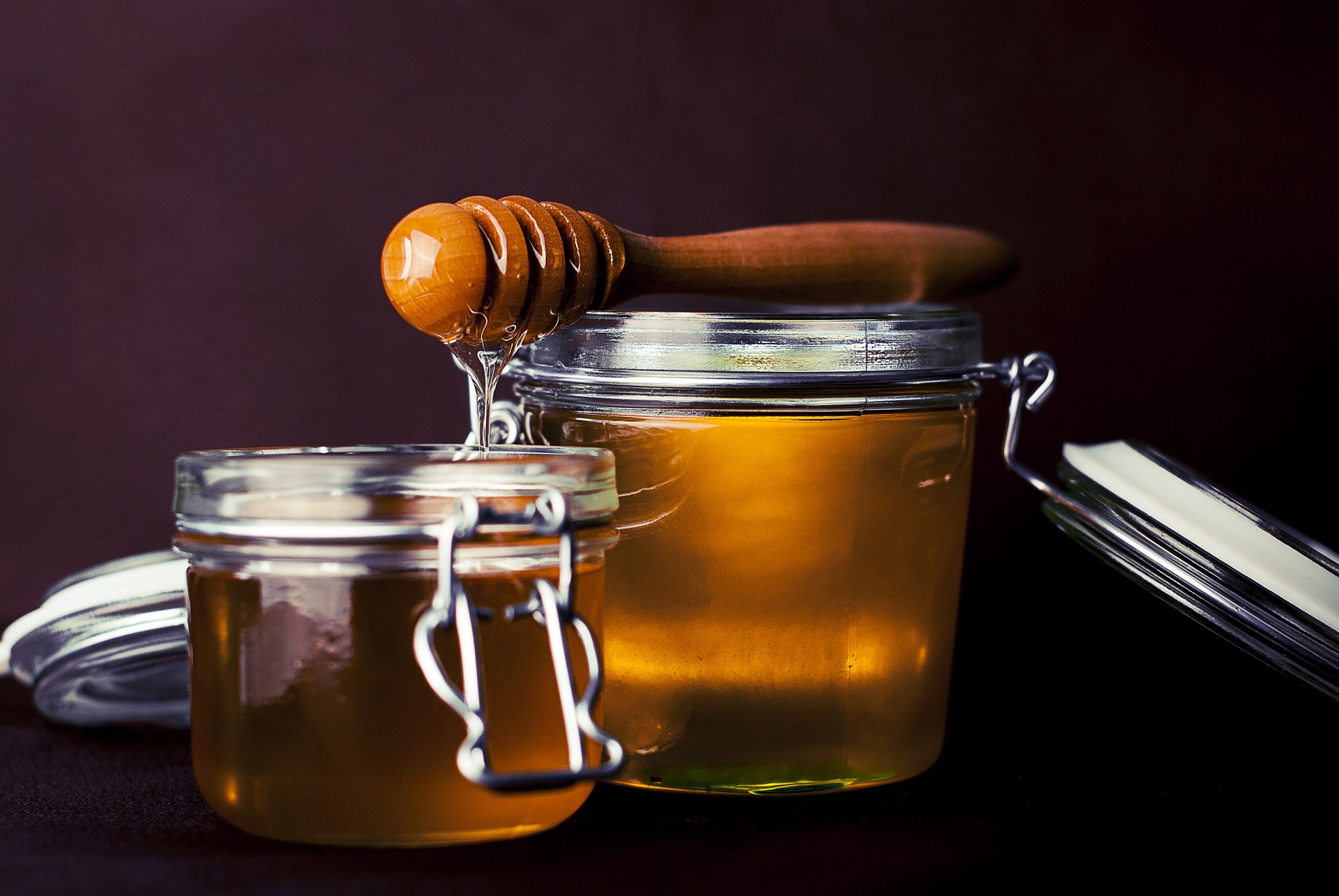
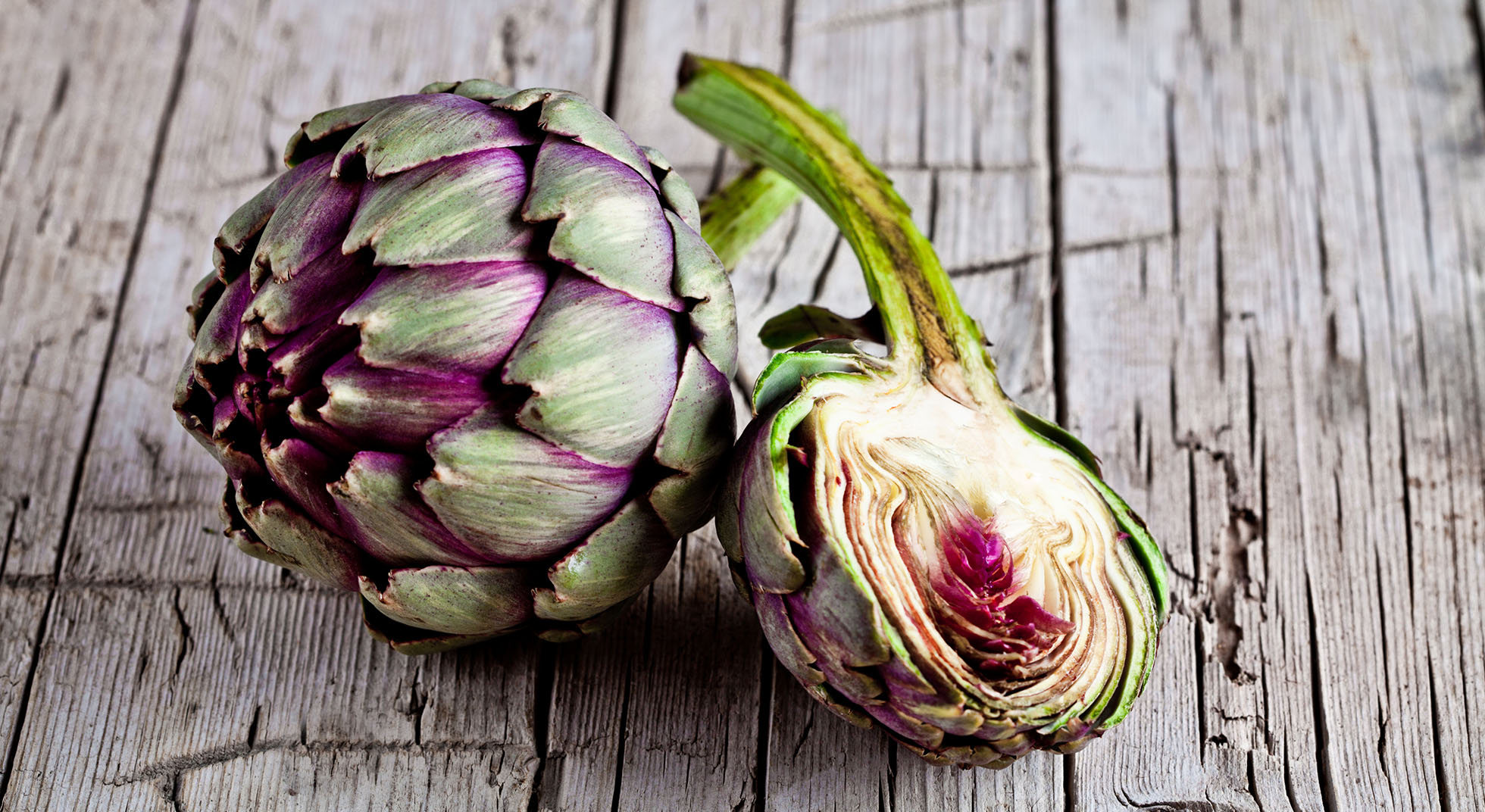


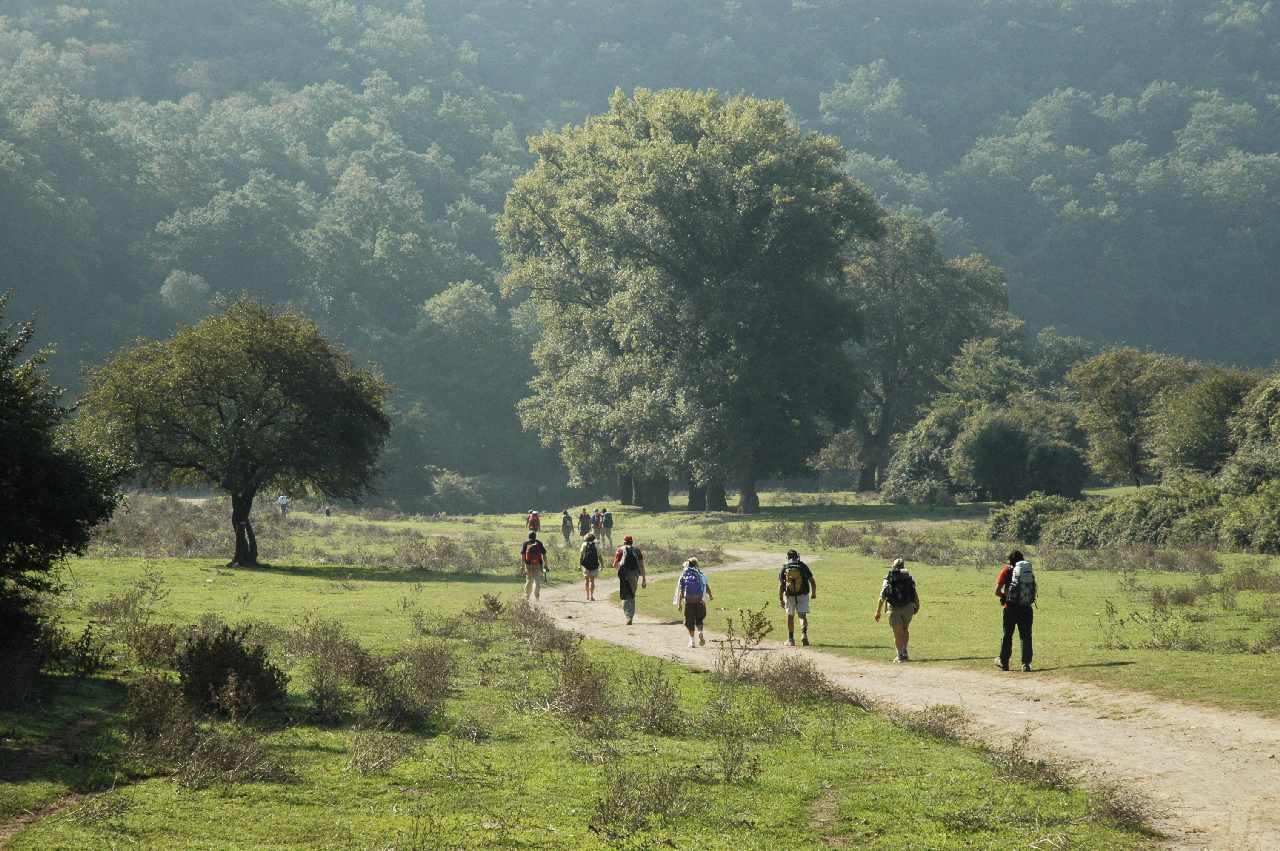





Follow us